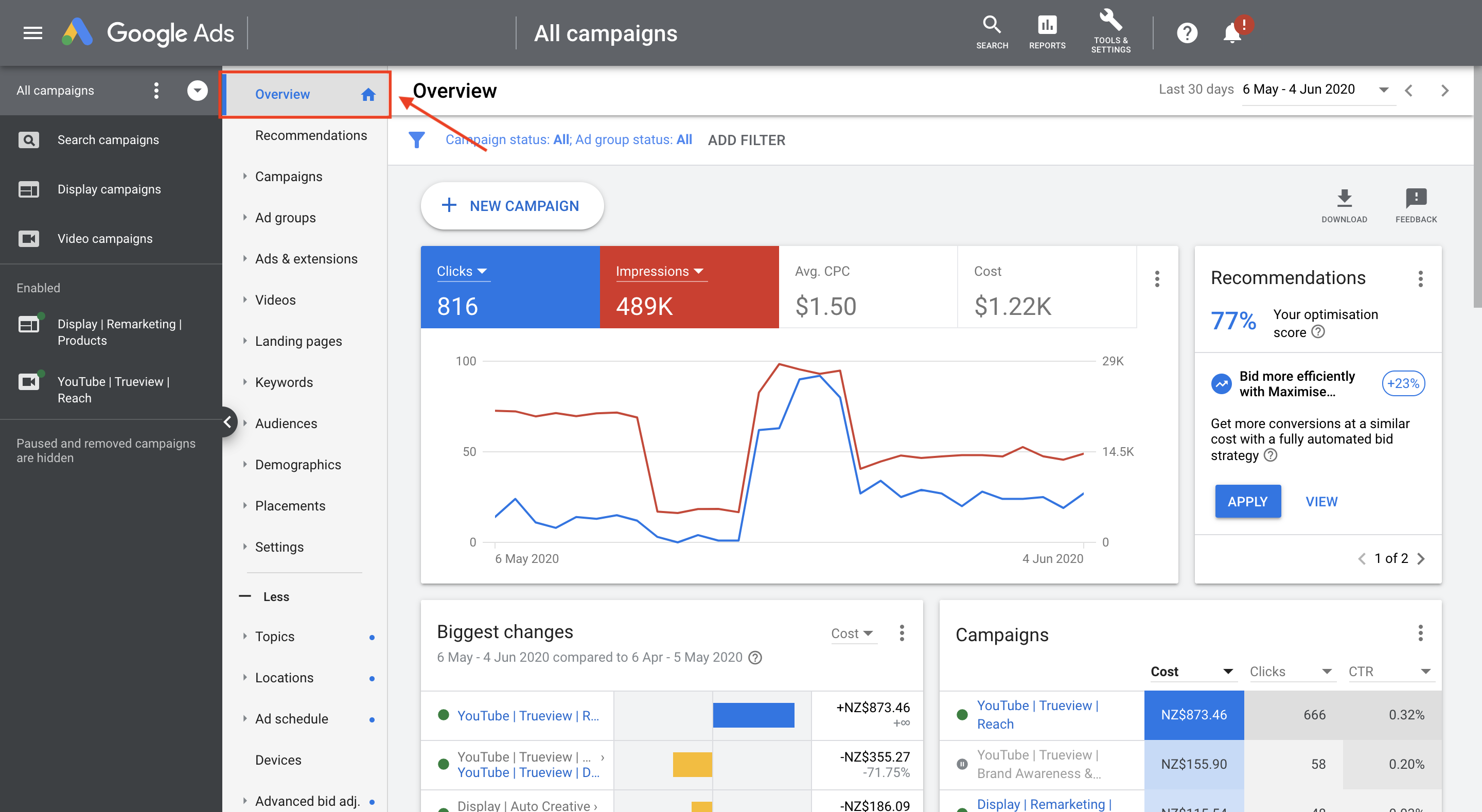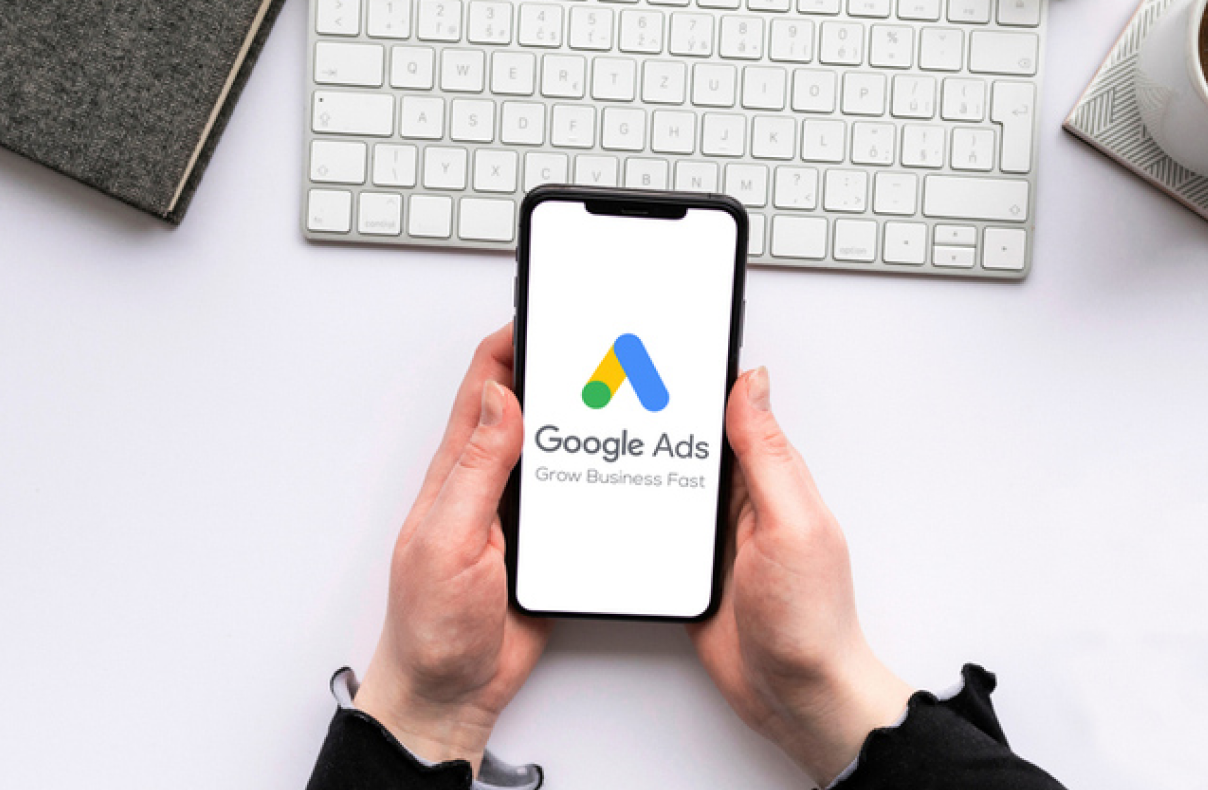In the competitive world of real estate, standing out from the crowd is crucial.
Whether you're a seasoned agent or just starting out, harnessing the power of Google Ads can significantly boost your visibility and bring in valuable leads.
But how exactly do you use Google Ads to your advantage in the real estate market?
Let’s break it down step by step, making it easy, fun, and worthwhile for you!
1. Understanding Google Ads Basics

(Photo from Scorpion Marketing)
First things first, let’s get a handle on what Google Ads actually are. Google Ads is an online advertising platform where you can pay to display brief advertisements, service offerings, product listings, and video content within the Google ad network. The idea is to reach potential clients at the very moment they’re searching for services like yours.
For real estate agents, this means you can target people actively searching for homes, rentals, or commercial properties in your area. Imagine popping up right when someone types “best real estate agent near me” or “homes for sale in [Your City]”. Perfect, right?
2. Keyword Research – The Foundation of Your Campaign
Keywords are the backbone of any successful Google Ads campaign. They’re the words and phrases people type into the search engine. You need to identify the keywords your potential clients are using.
Start with a brainstorming session. Think about terms your clients might use. Examples include:
- "Homes for sale in [Your City]"
- "Real estate agent in [Your City]"
- "Buy a house in [Your City]"
Use Google’s Keyword Planner tool to refine these ideas and discover new ones. This tool will show you the search volume for each keyword and suggest additional keywords you might not have thought of.
3. Crafting Compelling Ad Copy

(Photo from Search Engine Land)
Once you have your keywords, it’s time to create the ads themselves. This is where creativity comes into play. Your ads should be eye-catching and persuasive, giving potential clients a reason to click.
A good ad includes:
- A strong headline: Grab attention immediately. Example: "Dream Homes in [Your City] – View Listings Now!"
- Relevant keywords: Ensure your ad copy includes the keywords you’re targeting.
- A clear call to action (CTA): Tell viewers what to do next. Example: "Contact Us Today for a Free Consultation!"
4. Setting Up Targeting

(Photo from Medium)
One of the great benefits of Google Ads is the ability to target your ads to specific audiences. For real estate, location targeting is key. You want your ads to appear for people searching in the areas you serve.
Adjust your location settings in Google Ads to ensure your ads only show up in relevant locations. You can target by city, zip code, or even a specific radius around a location.
5. Budgeting Your Campaign
Money matters. Thankfully, Google Ads is highly flexible with budgets. You can start small and scale up as you see results.
Set a daily budget that you’re comfortable with. Remember, you only pay when someone clicks on your ad (Pay-Per-Click or PPC). Monitor your spending and adjust as needed to ensure you’re getting a good return on investment (ROI).
6. Utilizing Ad Extensions
Ad extensions are a fantastic way to add extra information to your ads and make them more compelling. They can include additional links, phone numbers, or locations.
For real estate agents, useful ad extensions might be:
- Sitelink extensions: Direct links to specific property listings or your contact page.
- Call extensions: A clickable phone number to make it easy for clients to call you directly.
- Location extensions: Show your business address to attract local clients.
7. Creating Landing Pages That Convert
An ad is only as good as the page it leads to. When someone clicks on your ad, they should land on a page that delivers what your ad promised. This could be a listing page, a contact form, or a detailed property description.
Ensure your landing pages are:
- Relevant: Directly related to the ad content.
- Clear: Easy to navigate with a clear CTA.
- Mobile-friendly: Many users will be visiting from their phones.
8. Monitoring and Optimizing Your Campaign

(Photo from Web Wonks)
Your work doesn’t stop once your ads are live. Regular monitoring and optimization are crucial for success. Use Google Ads’ built-in analytics to track performance. Key metrics to watch include:
- Click-Through Rate (CTR): The percentage of people who click your ad after seeing it.
- Conversion Rate: The percentage of visitors who complete a desired action (e.g., filling out a contact form).
- Cost Per Click (CPC): How much you’re paying on average for each click.
Analyze this data to see what’s working and what’s not. Adjust your keywords, ad copy, and targeting based on performance to continually improve your campaign.
9. Leveraging Remarketing
Remarketing is a powerful tool that allows you to show ads to people who have previously visited your website. This keeps you top of mind and encourages them to come back.
Set up remarketing lists in Google Ads to target these potential clients with tailored ads, offering them a reason to revisit and engage.
Conclusion

(Photo from SleekFlow)
Using Google Ads for your real estate campaigns can be a game-changer. By understanding the basics, conducting thorough keyword research, crafting compelling ad copy, and continuously optimizing your campaigns, you can attract more clients and close more deals.
Remember, the digital landscape is always evolving. Stay updated with the latest trends and tools in Google Ads to keep your campaigns effective and your business thriving. Happy advertising!